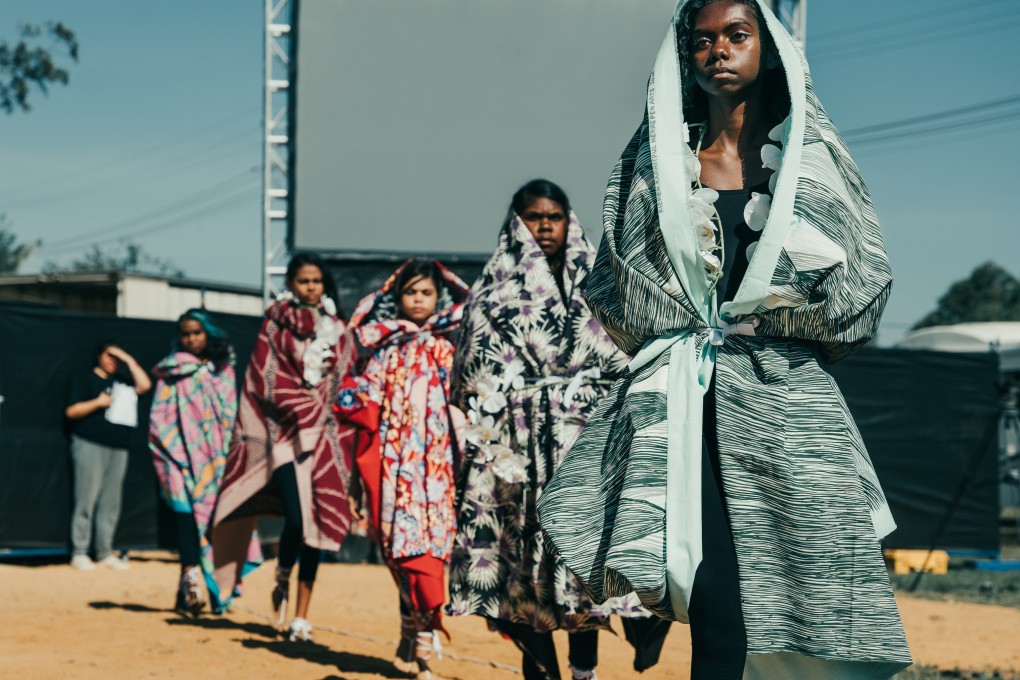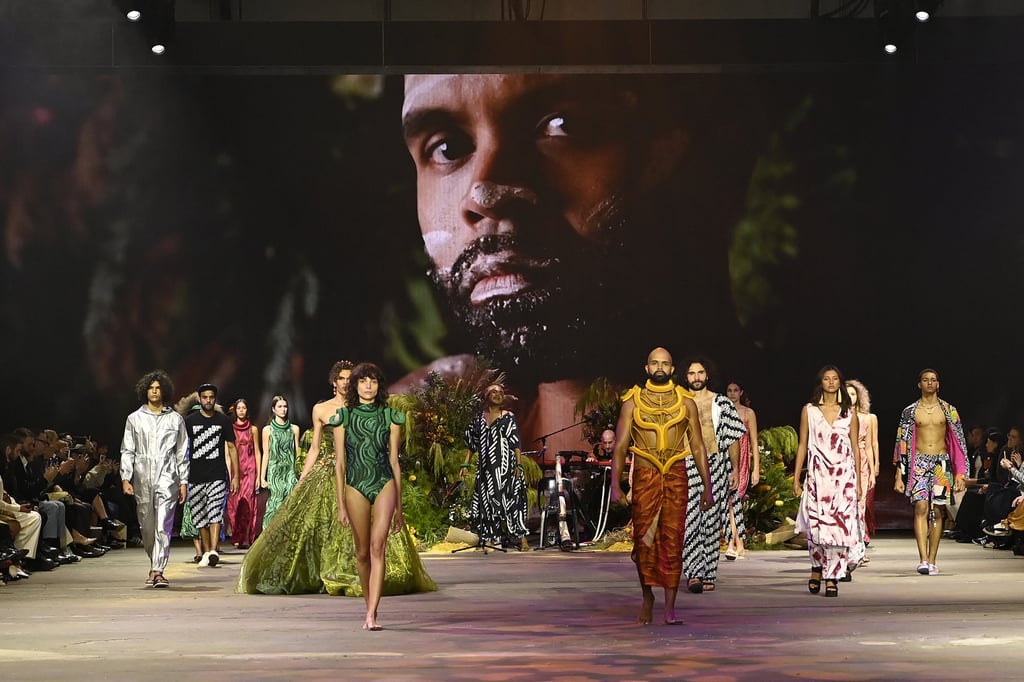Indigenous fashion in Australia makes giant strides forward, from the country’s fashion week to its oldest department store
- Sixteen indigenous fashion brands were celebrated at this year’s Australian Fashion Week as part of two separate shows
- The prints of indigenous artists have increasingly been seen in the collections of non-indigenous brands such as Roopa Pemmaraju, Aje and Desert Designs

Tears, joy and a standing ovation rounded off this year’s First Nations Fashion and Design (FNFD) show, a celebration of 10 indigenous fashion brands, at June’s Afterpay Australian Fashion Week (AAFW).
It is the first indigenous-focused retail project to flow on from this year’s AAFW, while a number of other projects are said to be in the pipeline.
“Every time I watch the show it just brings back so many emotions,” says Grace Lillian Lee, the founder and creative director of FNFD. “I think it was such a powerful and impactful moment for us as an independent organisation – I felt that we were finally, really being seen by the industry.”
This recognition marks a giant stride for indigenous Australians, who numbered almost 800,000 in the 2016 census (3.3 per cent of the Australian population), and are 12-and-a-half times more likely to be jailed than non-indigenous people.

